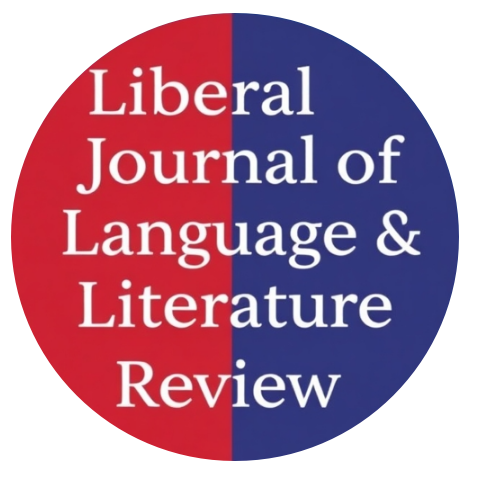Stylistic Analysis of Personification and Narrative Voice in Dickinson’s “Because I Could Not Stop for Death”
Abstract
The current paper explains how Emily Dickinson's poem "Because I Could Not Stop for Death" employs the stylistic devices of personification and the development of a narrative voice in this potent examination of the nature of death. In order to identify the linguistic techniques employed to give the poem narrative and philosophical weight, the discussion text analyses diction, imagery, syntax, tone, and temporal organisation using pragmatic stylistics, narrative stylistics, and figurative language. These observations demonstrate how the author reimagines a terrifying idea by personifying Death as a graceful suitor who makes death seem like a noble journey rather than a terrible end. While she guides the reader through a figurative chronological timeline that resembles the stages of life, the retrospective first-person narration also conveys intimacy and authority. The point of view is elevated to transcend this world. This personification and narrative position actually eliminate the fear of deaths but also move the reader in a new dimension of accepting it, of having immortality and the quest of continuity after death. The paper shows that in her style, Dickinson does not merely express her thematic concern but redefines death without a panic state to enter eternity and shows how language can reconstruct, mediate and change human perception of death.
Keywords: Personification, Death, stylistics, mortality, narrative, thematic expression



